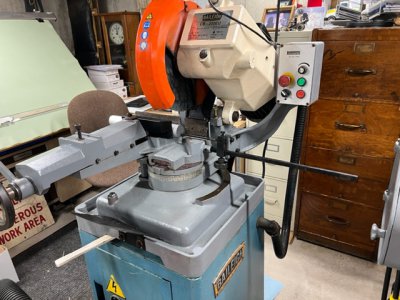- Joined
- Oct 11, 2016
- Messages
- 4,014
@projectnut The manufacturer might be working from an abundance of caution. VFDs and SPCs can develop elevated voltages and/or abrupt leading edges in the waveform. If the insulation is very old, or made of materials like shellac, there is a possibility that this can lead to breakdown, resulting in arcing in the motor.
Well made motors and better quality SPCs can help minimize these concerns.
Well made motors and better quality SPCs can help minimize these concerns.

